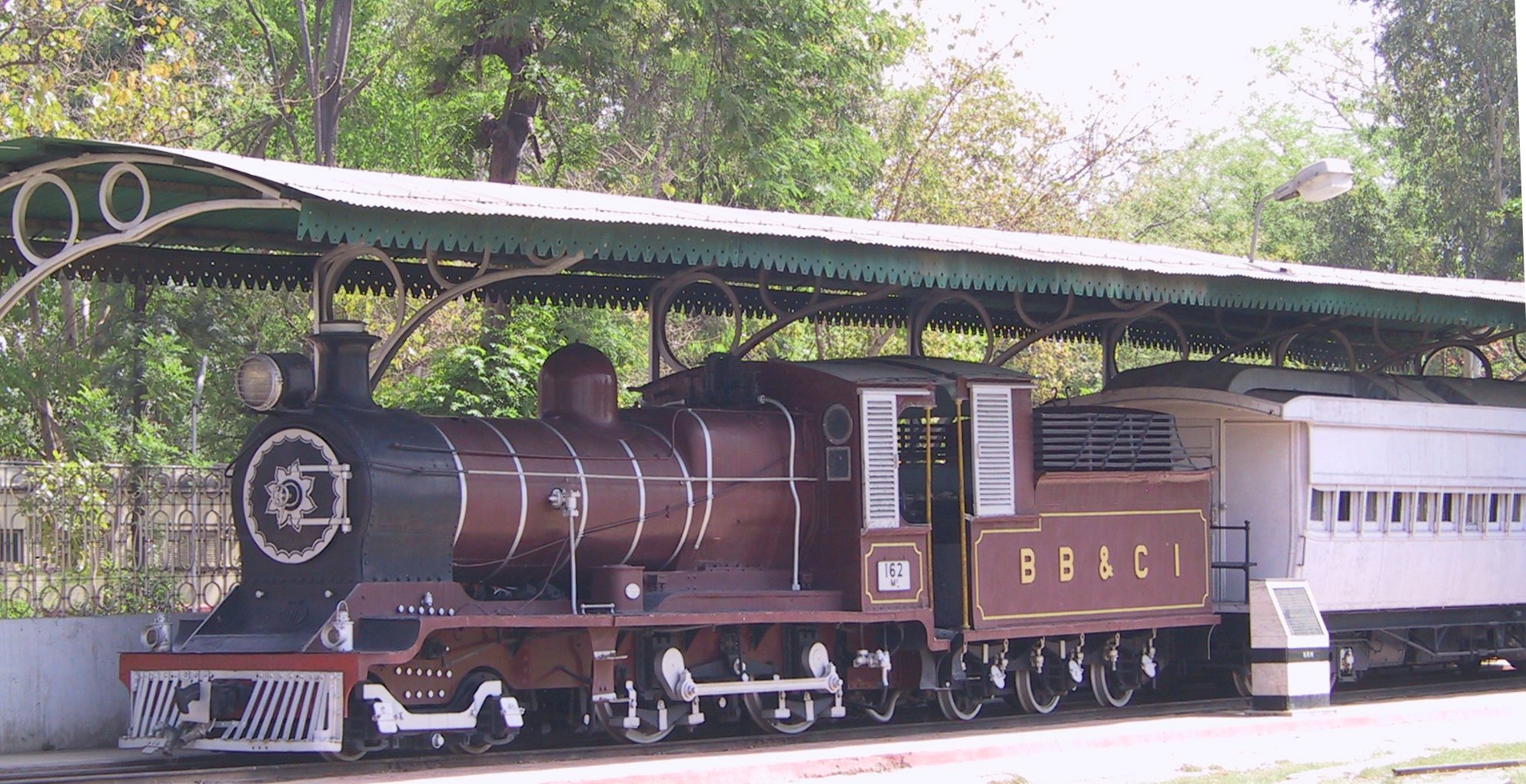The history of the Indian Railways is intriguing and goes all the way back to 1837. The first train named the Red Hill Railway, ran from the Red Hills township of Madras to ChintadripetBridge, also in Madras. It was used to transport granite for road building. A few years later, in 1845, the Madras Railway was established, with the East India Railway following soon after.
Passenger Railways
The first passenger train, however, ran between BoriBunder in Mumbai to Thane on the 16th of April, 1853. It ran for a total distance of 34 kilometers and carried 400 people distributed across 14 different carriages. The first railway bridge of India was built over the Ulhas River when this BoriBunder-Thane line was extended all the way to Kaylan. The first passenger train of Eastern India followed soon after. On the 15th of August, 1854, exactly 93 years before India won its independence, a train traveled from Howrah, in the vicinity of Calcutta to Hooghly. A couple of years later, South India got its first passenger train, which ran from Royapuram- Veyasarapady in Madras to a stop called Wallajah Road in Arcot. Operated and built by the Madras Railway, it covered a distance of 97 kilometers on the 1st of July, 1856.
The first tramway, which was drawn by a horse, was operated on the 24th of February, 1873, covering a distance of 3.8 kilometers, between Sealdah and the Armenian Ghat Street in Calcutta. The next year, the Carnatic Railways and the Great South Indian Railways merged, thereby creating the South Indian Railway Company.
Using technology and electrification
Lighting was introduced to the passenger coaches by various railway companies in 1897. The Jodhpur Railway was the first one in India to introduced electric lighting as standard components in their coaches in 1902. Electrical signaling was introduced on the Dadar- Currey Road route in Bombay in 1920.
The 3rd of February, 1925 was a momentous day in the history of the Indian Railways. The first electric passenger train in the country ran from the famous Victoria Terminus in Mumbai (presently known as Chhatrapati Shivaji Terminus) and Kurla using an advanced 1500 volt DC overhead traction. Soon the line to Bandra from Victoria Terminus was also electrified, and the Poona-Igatpuri and Bandra-Virar sections soon followed.
Reorganisation
In 1951, the railways were reorganised into their regional zones. The Southern Railway Zone, Central Railway Zone, and Western Railway Zones were created the same year. Sleeping accommodations were made into the coaches, and fans and lights were now mandatory in all compartments.
In 1957, the French SNCF proposed new and advanced 25 kilo volt AC electrification for the Indian Railways. The IR decided to go ahead and chose SNCF as their technical consultant. It proved to be an excellent decision, rapidly cutting down on the pollution and dependence on fossil fuels. In 1979, the Central Organization for Railway electrification, an abbreviated CORE was introduced to take care of electrification.
Currently, with the advancement of internet and mobile technologies, a multitude of features such as online bookings, seat availability in train and so on. The future looks to be very promising for the IR.
